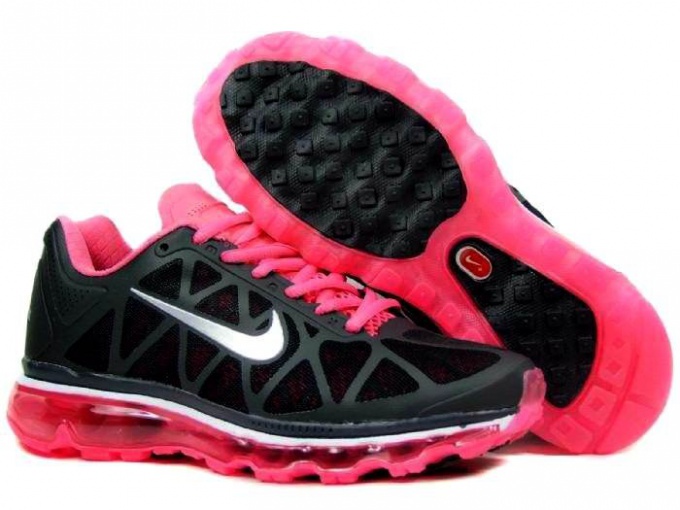Top 5 interesting ways to tie shoelaces
"Straight" lacing. Thread a strap through the bottom hole ends inside. One end of lift right side up and pull it out the top holes, threading in the left hole. Further, both end lift up and out, each through one hole, then pull on the opposite side and then pull up. At the end of the end of the string thread through the remaining hole at the top.
The advantages of this method: ease and speed of tying shoelaces. Disadvantages: it is necessary that the shoes were an even number of holes (6, 8, 10 etc).
"Butterfly". The laces are crossed on the outside and inside of the Shoe is stretched vertically. Miss the lace at the bottom a couple of holes towards the underside, evenly spread within the ends. Next, pull the ends of the lace vertically to the next pair of holes, crossed them, and pass in the next couple of holes. And so to the top.
The advantages of this method: visually lengthens short laces, looks impressive from the outside. Disadvantages: not suitable for long laces.
"Knotty" laces. Ideal for sports and climbing shoes. Push the lace through the bottom holes with the ends out. Next, cross the ends with each other and tie them into one knot. Spread the tips to the side, get them under the holes and print out again.
Repeat this process until the top.
The advantages of this method: strong and reliable fixation on the leg. Disadvantages: the inconvenience of removing shoes.
Lacing the "reverse loop". Pull the lace through the bottom hole, the left end of the spiral route up and thread through the adjacent hole, and the right tip in the same spiral route up and thread through the right hole. Along the way, pull it into the loop of the left end of the string.
The advantages of this method: the original weave. Disadvantages: due to the fact that the lace is intertwined, it is likely the offset of the center.
Lacing at the back. Pull the lace through the bottom hole. The ends get under the stitch of the same level and pass through the next a couple holes from the inside. Cross the ends again get under the screed at the same level and pull the next pair of holes. Repeat these steps until the end of the lacing.
The advantages of this method: the original look and reliability. Disadvantages: the difficulty in tightening.
How to tie a lanyard to it is not visible.
Depending on the kind and model shoes, lace sometimes you want to hide. This can be done in the following way, which is called "lacing with hidden node".
First use method of "straight" lacing, but the right end of the lace take a little longer than the left. Doplatit right to the very end, and the left Express neochlorogenic. Both ends of the laces inside the Shoe print and tie it on the left side.
The disadvantage of this method: it is inconvenient to form a knot inside the Shoe.
The advantages of this method: the spectacular view.
The ability to beautifully tie the laces can match with needlework. Practice and be original.
